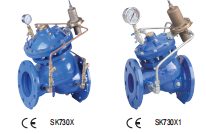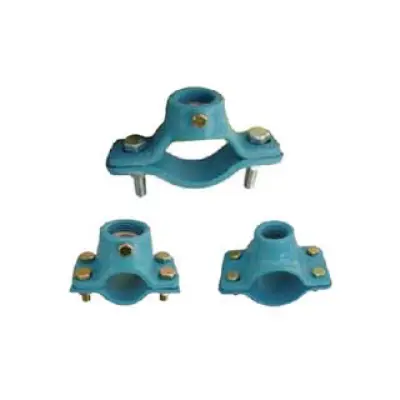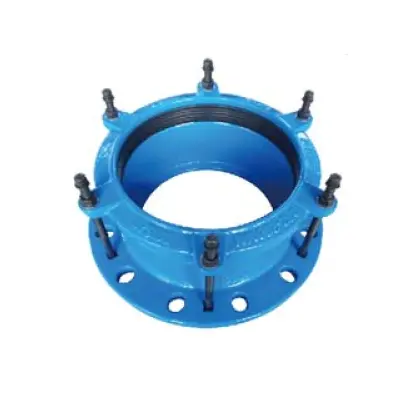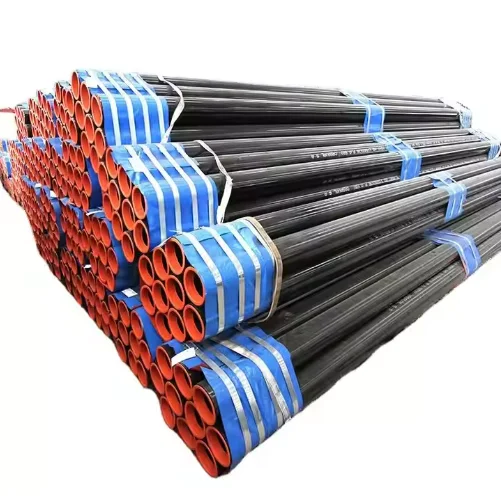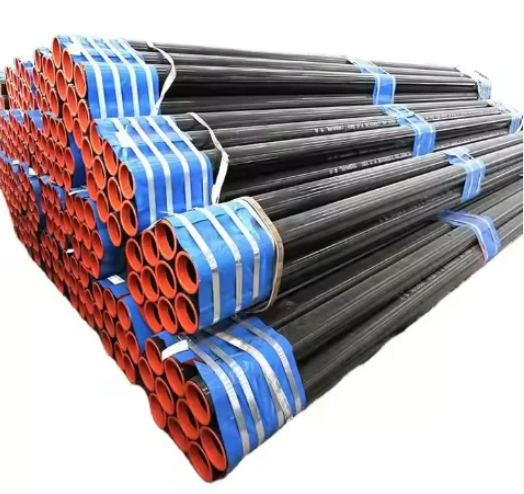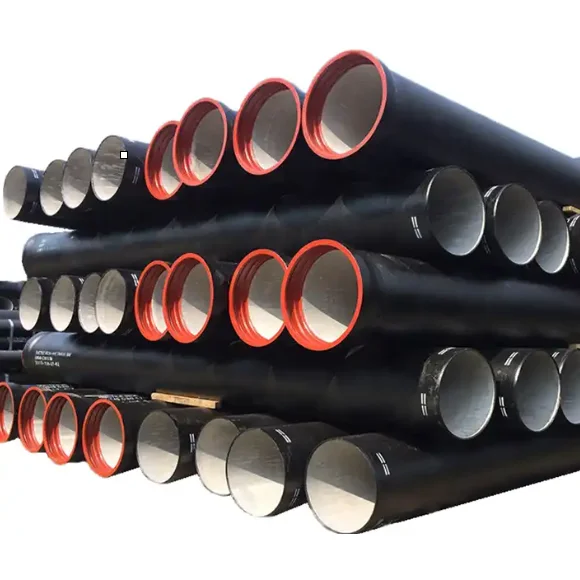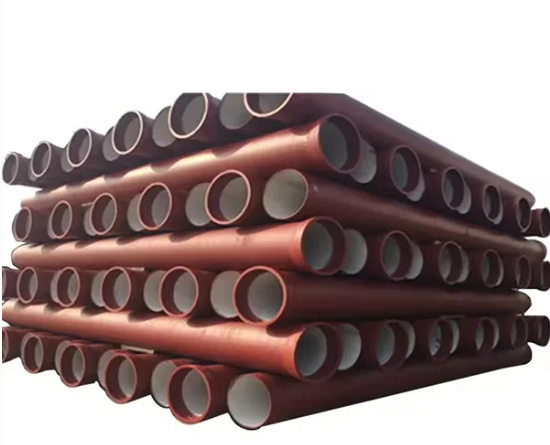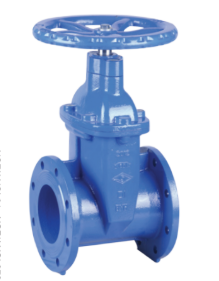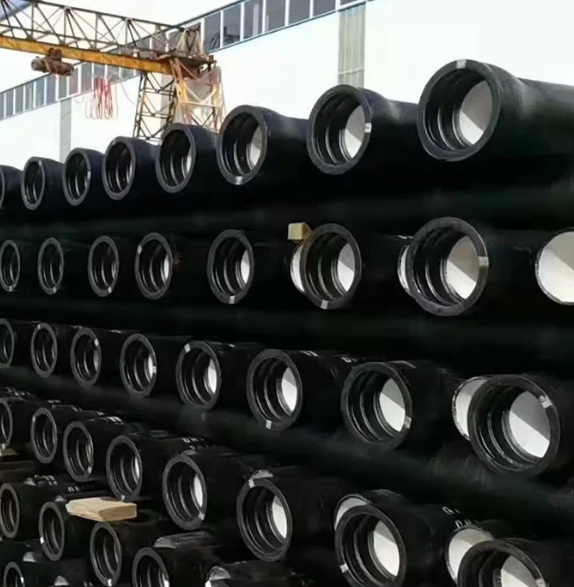Email Us
What is K7 and K9 in DI pipe?
The Nature and Definition of K7 and K9
K7 and K9 are wall thickness class designations for ductile iron pipes (DI pipes), directly linked to the pipe’s pressure-bearing capacity and structural strength. These classes are defined by international standards (e.g., ISO 2531) and are represented by the letter "K" followed by a number, indicating the pipe wall thickness coefficient. Specifically, K-value = Wall Thickness (mm) / Nominal Diameter (mm). For example, K9 means the wall thickness is 9% of the nominal diameter, while K7 is 7%. A higher number indicates a thicker wall and greater pressure resistance.
Core Characteristics of the K9 Class
K9 is the standard commercial class for ductile iron pipes and the most widely used. Its design pressure rating typically corresponds to PN10 to PN16 (nominal pressure 10–16 bar), meeting the medium-to-high pressure requirements of most municipal water supply and drainage networks. The wall thickness of K9 pipes is optimized to balance high strength and cost-effectiveness, effectively resisting internal water pressure, external soil loads, and mechanical stresses
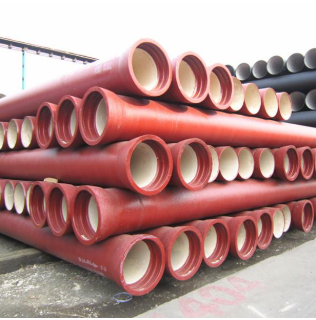
Special Positioning of the K7 Class
K7 is a lightweight class, with a wall thickness approximately 15%–20% thinner than K9. Its pressure rating typically corresponds to PN6 to PN10 (6–10 bar), making it suitable for low-pressure applications such as irrigation systems, branch distribution networks, or industrial recirculation water pipelines with stable internal pressure. The advantage of K7 pipes lies in reducing raw material costs and transport weight. However, the application environment must be rigorously evaluated—if high water hammer risk, heavy traffic loads, or corrosive soil conditions exist, upgrading to K9 or a higher class may be necessary to ensure safety.
during transport and installation. Furthermore, K9 pipes strictly comply with the ISO 2531 standard and must pass quality controls such as hydrostatic testing and elongation tests (≥10%), ensuring material toughness and impact resistance.
The choice between K7 and K9 involves weighing strength versus cost: K9 offers higher strength but increases costs by about 15%–25%, while K7 is more economical but has limited pressure capacity. In terms of applicable scenarios:K9 is used for main water supply lines, high-pressure transmission, critical sections like road/rail crossings, and seismic zones.K7 suits low-pressure branch networks, farmland irrigation, or short-term temporary projects.
Regarding standard compatibility: Some countries (e.g., China’s GB/T 13295) align their "K9" with ISO 2531’s K9 wall thickness, while "K8" (unique to China) falls between K7 and K9. Local standards must be confirmed during selection.
Choosing between K7 and K9 requires a comprehensive assessment of design pressure, safety factors, environmental risks, and lifecycle costs. In conventional municipal engineering, K9 is the preferred choice due to its reliability and versatility. K7 requires careful evaluation of operating conditions to avoid pipe failure risks from excessive thinning. Both classes reflect the core design logic of ductile iron pipes—trading wall thickness for structural strength—offering a technical classification system that balances safety and cost efficiency.
SHANDONG EPOCH EQUIPMENT CO., LTD. is a large-scale professional manufacturer in Shandong Province of China, adheres to the orientation of science and technology, environmental protection, quality and efficiency. At present, it has grown into a trans-regional and multi-industrial enterprise integrating such wide industries as design, development, production and export. Visit our website at https://www.epochpipeline.com/ to learn more about our products. For inquiries, you can reach us at sdepochwater@hotmail.com.
- Key points for quality inspection of ductile iron pipes
- Why do Carbon Steel Pipes keep winning tough industrial projects?
- What are the connection methods for ductile iron pipes?
- The Origin of the Butterfly Valve's Name
- Should Your Next Water Project Trust Ductile Iron Pipe Fitting?
- What are the differences between flanges and flange blind plates?
About Us
Contact Us
No. 112, Jiefang Road, Lixia District, Jinan City, Shandong Province, China
Copyright © 2025 Shandong Epoch Equipment Co., Ltd. All Rights Reserved.




